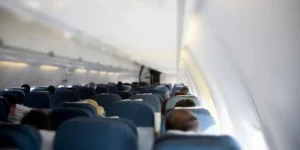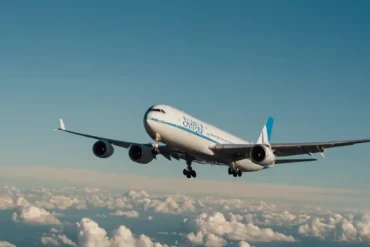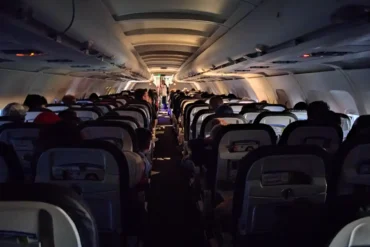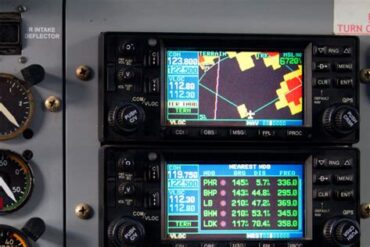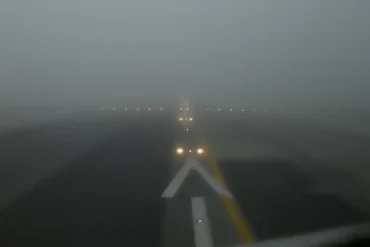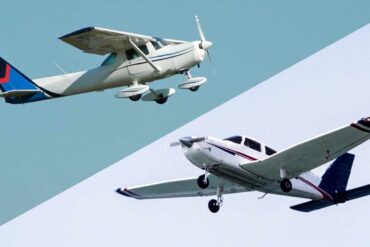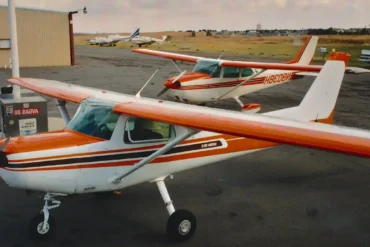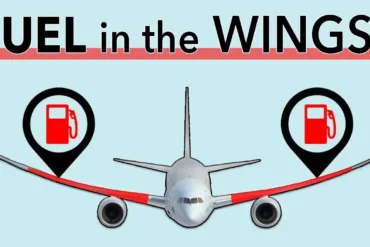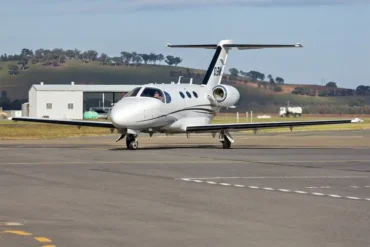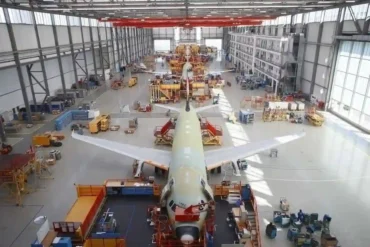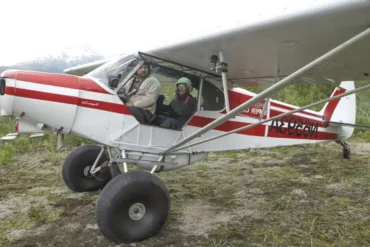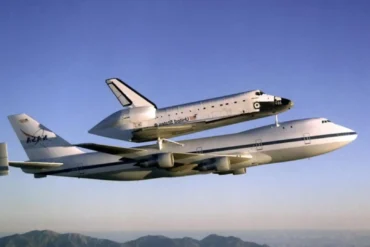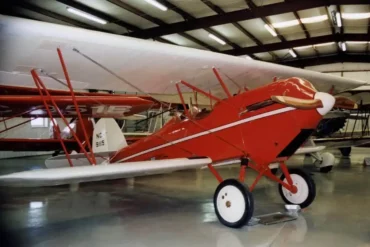Flying is part of everyday life for many of us. But how exactly do we breathe normally up in the air? In this guide, we’ll look at how an airplane’s cabin pressurization system works. We’ll unpack the mystery behind the tech that keeps passengers breathing easy at cruising altitudes. We’ll also shed some light on why ground support equipment like testing kits play a crucial role.
Keeping passengers safe and comfortable high above sea level has been a goal for airplane makers for years. Humans thrive best around sea level. But planes work best up where the air is thin and smooth.
This presents an interesting challenge. To solve it, aircraft companies developed the cabin pressurization system. This important part keeps passengers and crew feeling alright up in the air. But learning how airplane cabin pressure works can be confusing. To make it simpler, we’ll go over some common questions about aircraft pressurization.
Where Does the Pressurized Air Come From?
The first question is where does the pressurized air come from. The answer isn’t straightforward since it depends on the aircraft. Let’s go over the details.
In the past, older piston-powered airliners used electric air compressors to pump outside air into the cabin. This added a lot of weight to the plane. After this, jetliners started using bleed air from the engines to run turbo compressors. This made pressurizing the cabin more efficient. Nowadays, most modern planes use bleed air from the engines’ compressors to pressurize the cabin.
How Does Airplane Cabin Pressure Work?
Now that we know where the pressurized air comes from, let’s look at how it works. Buckle up for this part!
Inside the engine’s compressor, spinning blades pull in fresh air from outside. This air gets squeezed together, making it very hot. Next, in the combustion chamber, the compressed air mixes with fuel and ignites, turning into hot expanding gases. These gases push through the turbine blades, powering the compressor blades and the engine’s exhaust to give the thrust needed for flight.
Bleed air gets pulled from the compressor before the fuel and exhaust gases. Bleed air is clean and very hot. It has some important uses:
- Cabin pressurization
- Starting the engines
- Running air-driven hydraulic pumps
- Preventing ice on the wings and engines
While some of the hot bleed air handles jobs like deicing, the air going to the cabin needs cooling first. This happens in an intercooler, like a car radiator, which removes excess heat. The air then goes below the plane, where air packs work like a refrigerator to chill it more. Here’s how the air conditioner works:
First, the air packs squeeze the incoming air, heating it up. Then an intercooler removes the heat again. Next, the air expands through a turbine, making it cold.
Now the cooled air mixes with recirculated cabin air using fans. Throughout the flight, automated systems carefully balance the hot engine air and cold air pack air. To maintain safe cabin pressure, incoming air stays in the cabin temporarily thanks to an automatic outflow valve. This valve opens and shuts rhythmically, releasing air at a rate set by pressure sensors. It also lets stale, smelly air exit the plane.
How Do Pilots Control the Pressurization?
Let’s look at this somewhat tricky question. During preflight checks, the pilot sets the landing airport’s altitude on a display. After that, pilots typically use the automatic pressurization mode we just explained, with the outflow valve controlled automatically.
If there’s a problem, pilots can take over and override the automatic settings. In manual mode, the pilot can adjust the outflow valve position directly.
Any Side Effects to Know About?
Spending time in a pressurized airplane cabin isn’t dangerous long-term. But some odd effects can happen during the flight. The low humidity in the pressurized air can cause quick dehydration. To avoid this, it’s essential for passengers to drink plenty of water.
Drinking alcohol can make dehydration worse. So passengers having onboard drinks should balance them out with water and food too.
Airplane pressurization also reduces your sense of taste and smell by up to 30%, according to a Lufthansa study. That’s why flavors get enhanced in airplane meals.
Why Not Just Fly Lower?
Flying below 10,000 feet where the air pressure is ideal might seem simpler. But doing that whole flight has some downsides. Many mountains are over 10,000 feet high. Also, most bad weather hangs out at lower altitudes, so pilots want to avoid it. Plus, engines work really inefficiently at low heights and speeds.
